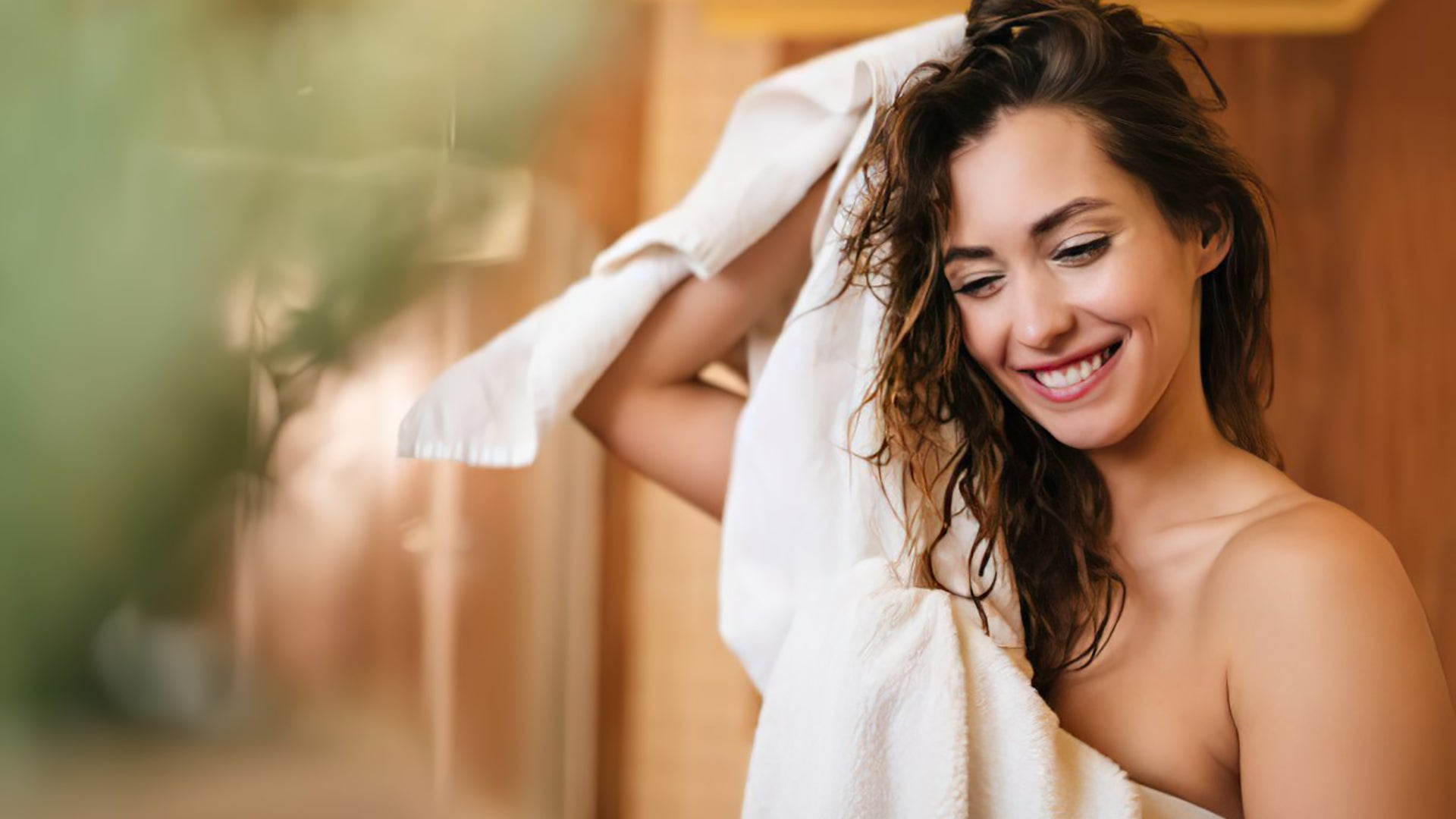
How to Safely Blow Dry Your Hair?
Posted by XSOOH on
Blow drying can be a great way to style your hair and achieve a smooth, polished look.
However, improper blow drying techniques can damage your hair, leaving it dry, frizzy, or heat-damaged.
Luckily, there are a few key steps you can take to ensure a safe and healthy blow dry.
Prep Work is Key:
Don't reach for the blow dryer right out of the shower. Gently squeeze out excess water with a towel or an old t-shirt. You can even let your hair air dry for 15-20 minutes to remove some moisture naturally.
Learn More: How Long Does it Take for Hair to Dry?
Heat Protectant is Your Friend:
Always apply a heat protectant spray before using any hot tool, including a blow dryer. This creates a barrier between your hair and the heat, minimizing damage.
Medium Heat, High Speed:
While it might be tempting to crank up the heat for faster drying, this can be very damaging. Use the medium heat setting and the high-speed setting for optimal drying power without excessive heat.
Section by Section:
Don't try to tackle your entire head of hair at once. Divide your hair into manageable sections, clip the top sections up, and focus on drying one section at a time. This allows for more focused drying and better control over the style.
Downward Flow is Key:
Always point the blow dryer nozzle downwards as you dry each section. This helps smooth the hair cuticle and reduces frizz. Avoid blowing the dryer directly at your scalp, which can be damaging.
The Power of the Brush:
Use a boar bristle brush or a vented paddle brush to smooth and style your hair as you dry. The brush helps distribute heat evenly and creates tension for a smoother finish.
Cool Down Blast:
Once your hair is almost dry, switch the blow dryer to the cool setting for a final blast. This helps seal the hair cuticle and adds shine.
Air Dry Completely:
If possible, avoid using the blow dryer for the last 10% of drying. Let your hair finish air drying for a more natural look and to minimize heat damage.
Learn More: How to Dry Your Hair Without a Blow Dryer?
Blow Drying Techniques for Different Hair Types
Different hair types require different blow drying techniques.
1. Fine Hair
For fine hair, use a low heat setting and a concentrator nozzle. Focus on drying the roots first to add volume.
Avoid excessive heat and over-drying, as this can make fine hair look flat and lifeless.
2. Thick Hair
Thick hair can handle higher heat settings but requires more time.
Section your hair into manageable parts and use a round brush to ensure even drying.
This technique helps add smoothness and shine.
3. Curly Hair
Curly hair benefits from a diffuser attachment, which helps maintain the natural curl pattern.
Learn More: What Does a Hair Dryer Diffuser Do?
Use a medium heat setting and gently scrunch your hair while drying.
4. Color-Treated Hair
Color-treated hair is more prone to damage, so it’s essential to use a low heat setting and a heat protectant.
Dry your hair in sections to ensure even drying and minimize heat exposure.
Post-Blow Drying Care
Taking care of your hair after blow drying is just as important as the drying process itself.
1. Apply a Serum or Oil
Once your hair is dry, apply a lightweight serum or oil to the ends of your hair. This helps seal in moisture and adds shine.
2. Avoid Over-Styling
Try to limit the use of additional heat styling tools like flat irons or curling wands.
If you do need to use them, make sure to apply a heat protectant and use the lowest effective heat setting.
3. Deep Conditioning Treatments
Incorporate deep conditioning treatments into your hair care routine.
These treatments help restore moisture, strengthen your hair, and improve its overall health.
Conclusion
Blow drying can be a valuable tool in your hair care routine, but prioritizing healthy hair means using heat strategically.
By incorporating these safe blow drying practices, you can achieve your desired style while minimizing heat damage.






































